

Finger puppets can be made out of a simple shape like the one drawn above.
Cut two of the shapes from paper.
Children can decorate and add features with pens, wool can be added for hair. The two shapes can be stuck around the edge with PVA glue.
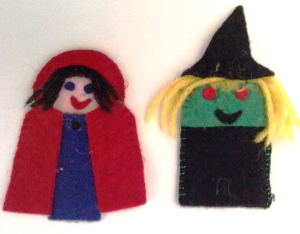
Alternatively, older children could make finger puppets from felt, glued or sewn around the edges. Parents might like to make their own for under threes to encourage children to tell a story from a book you have shared or a well-known traditional tale or to create new stories.
Above there are two examples of finger puppets based on fairy tale characters (Red Riding Hood and a witch)
Here is a finger puppet inspired by the story A Bit Lost by Chris Haughton. It is made from felt and ric rac braiding.
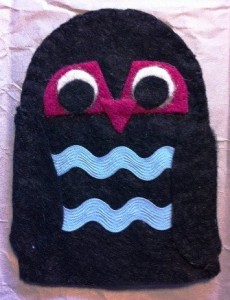
NB you can buy A Bit Lost themed hand puppet and rug from the Design Museum: http://designmuseumshop.com/search?q=chris+haughton
Finger puppets can also be made by cutting off the fingers of old gloves and decorating them.
Make and do/ finger puppets

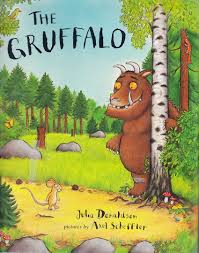

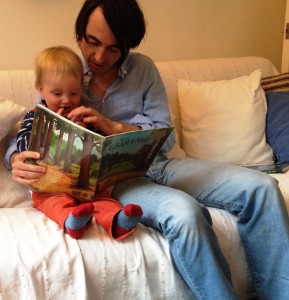
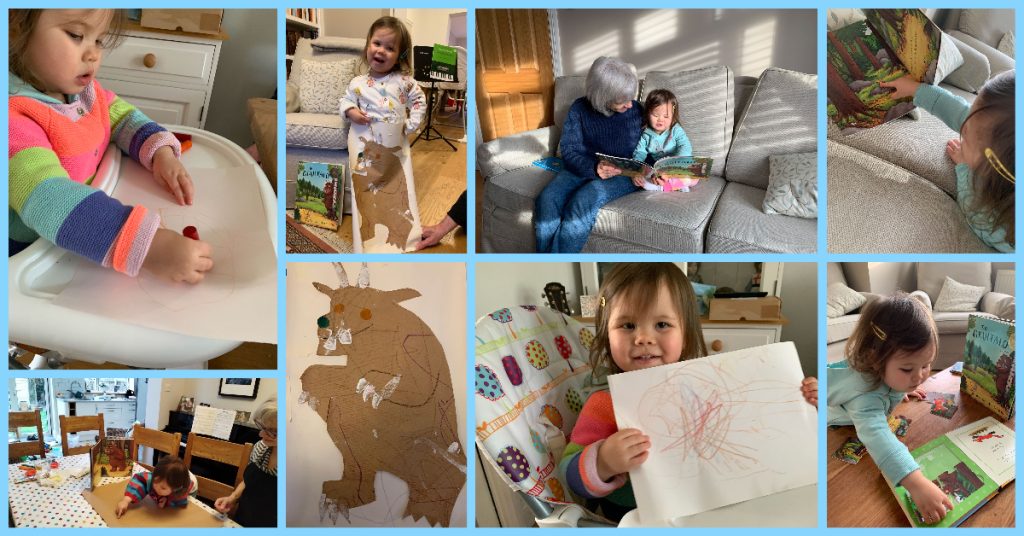
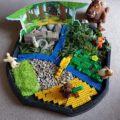
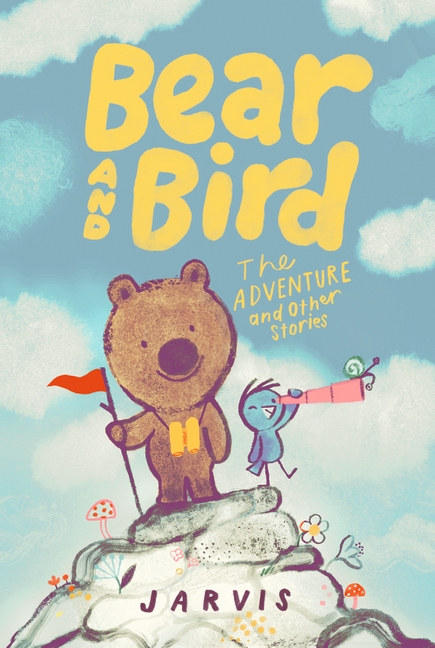
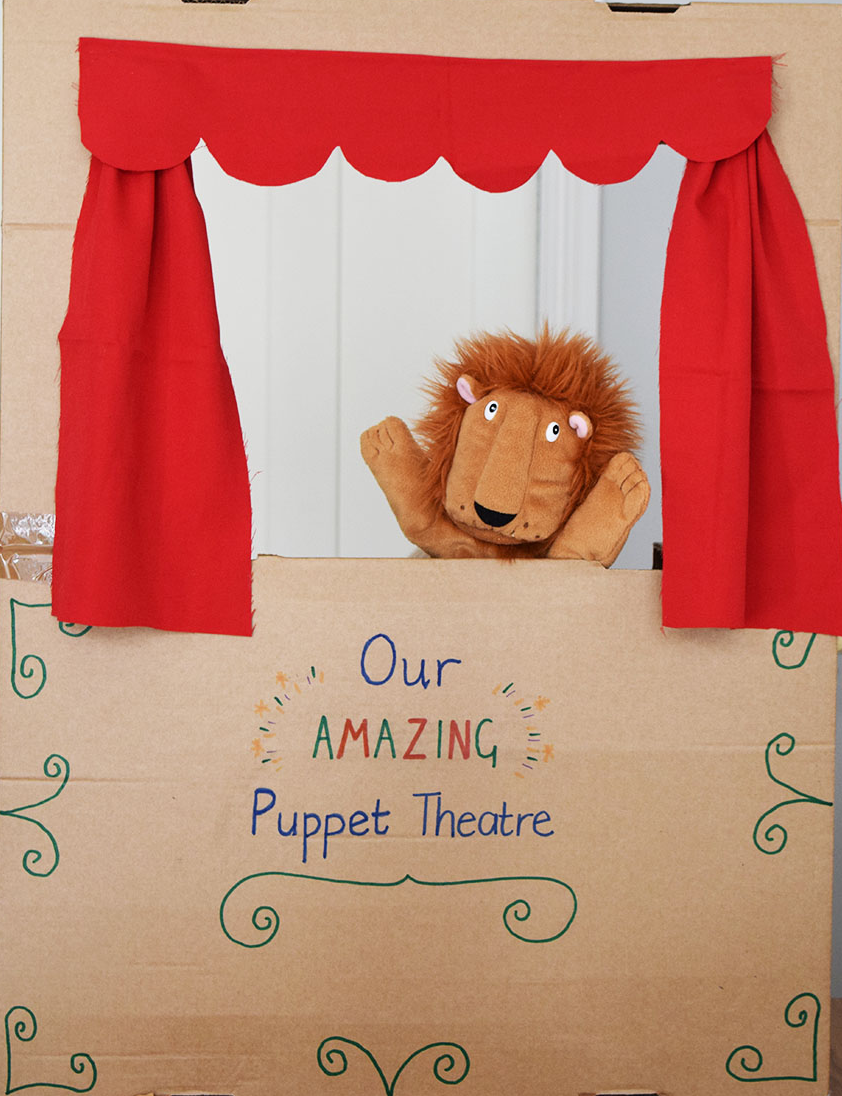 Making a puppet theatre can be a great thing to make together as a family.
Making a puppet theatre can be a great thing to make together as a family.
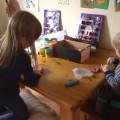
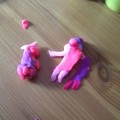
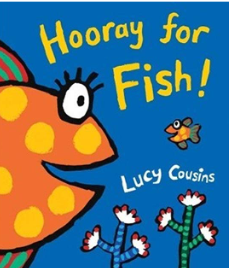 Lucy Cousins
Lucy Cousins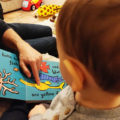
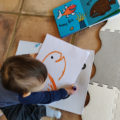
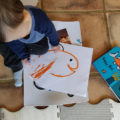
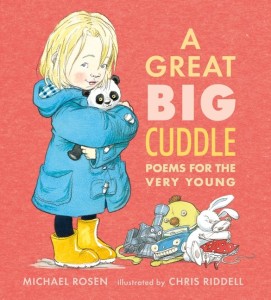 Michael Rosen, Chris Riddell (illus)
Michael Rosen, Chris Riddell (illus) 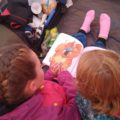
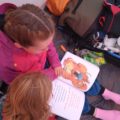
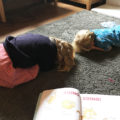
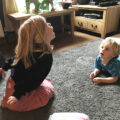
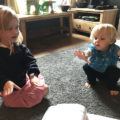

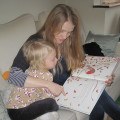
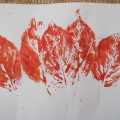
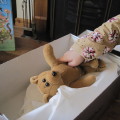
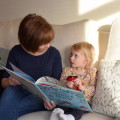
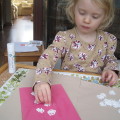
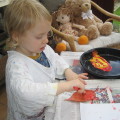
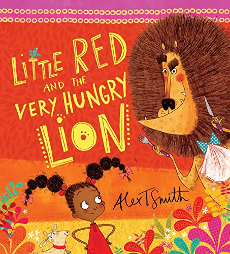 Alex T Smith
Alex T Smith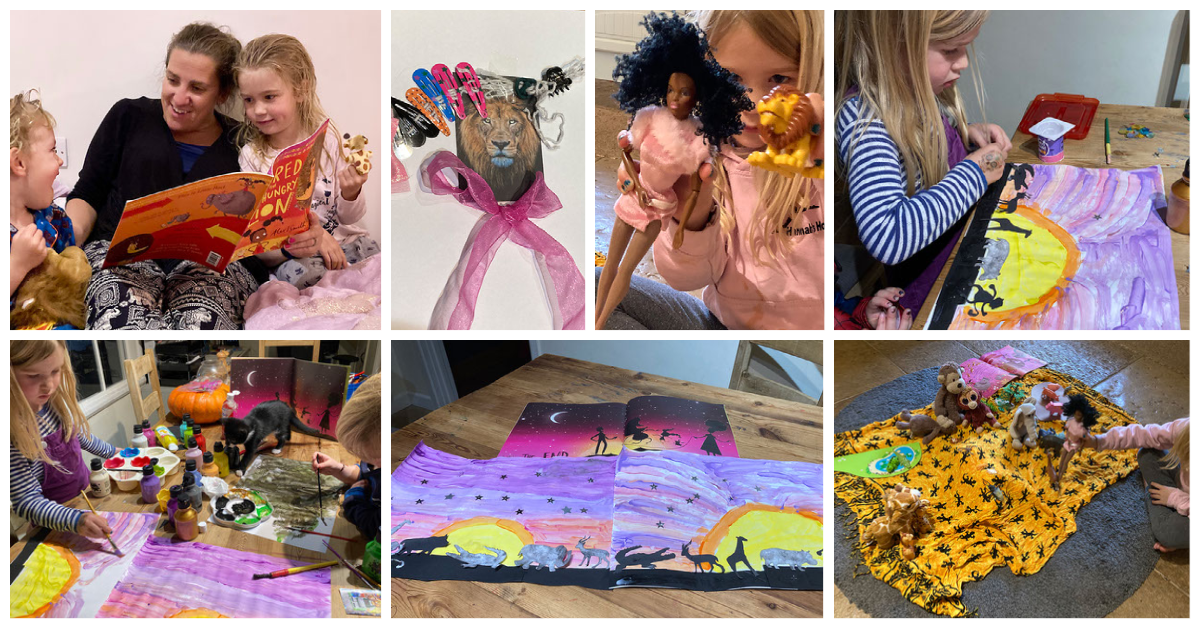
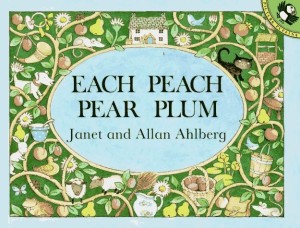
 Follow lovemybooksUK15
Follow lovemybooksUK15